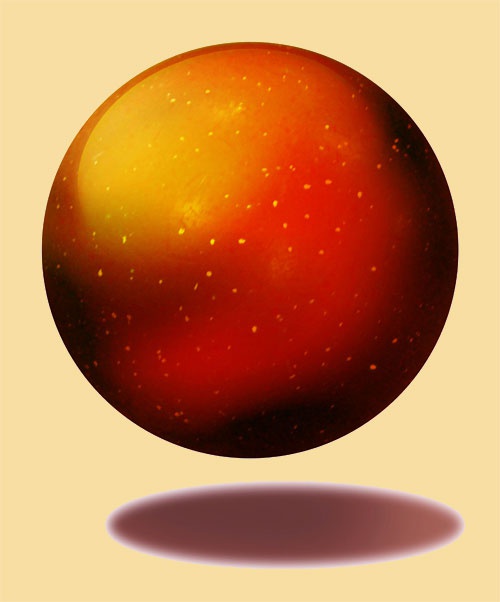Instruction
1
If we know the length of the diameter of the sphere (d), to find the area of the surface (S) to build this option into the square and multiply by PI (π) S=π∗d2. For example, if the length of the diameter is two meters, then the area of the sphere will be 3,14∗22=12,56 square meters.
2
If you know the length of the radius (r), then the area of the surface of the sphere (S) will be a quadruple product of the squared radius by PI (π): S=4∗π∗r2. For example, when the length of the radius of the sphere three meters of its area will be 4∗3,14∗32=113,04 square meters.
3
If a known volume (V) space bounded by field, you can first find the diameter (d), and then use the formula given in the first step. As the volume equal to one-sixth of the works of PI on the cubed length of the diameter of the sphere (V=π∗d3/6), the diameter can be defined as the cube root of six volumes, divided by the number of PI: d=3√(6∗V/π). Substituting this value into the formula from the first step, we get: S=π∗(3√ (6∗V/π))2. For example, when a limited amount of field space is 500 cubic meters, the calculation of its area will look like this: 3,14∗(3√(6∗500/3,14))2 = 3,14∗(3√955,41)2 = 3,14∗9,852 = 3,14∗97,02 = 304,64 square meters.
4
To make all these calculations in mind it is quite difficult, so you have to use any of the calculators. For example, it can be a calculator built into the Google search engine or Nigma. Google excels because it knows how to determine the order of operations, and Nigma will require you to carefully place all the brackets. To compute the area of a sphere according to, for example, from the second step of the search query, which you enter in Google will look like this: "4*PI*3^2". And for the most difficult case of cube root and squaring of the third step, the query is: "PI*(6*500/PI)^(2/3)".



